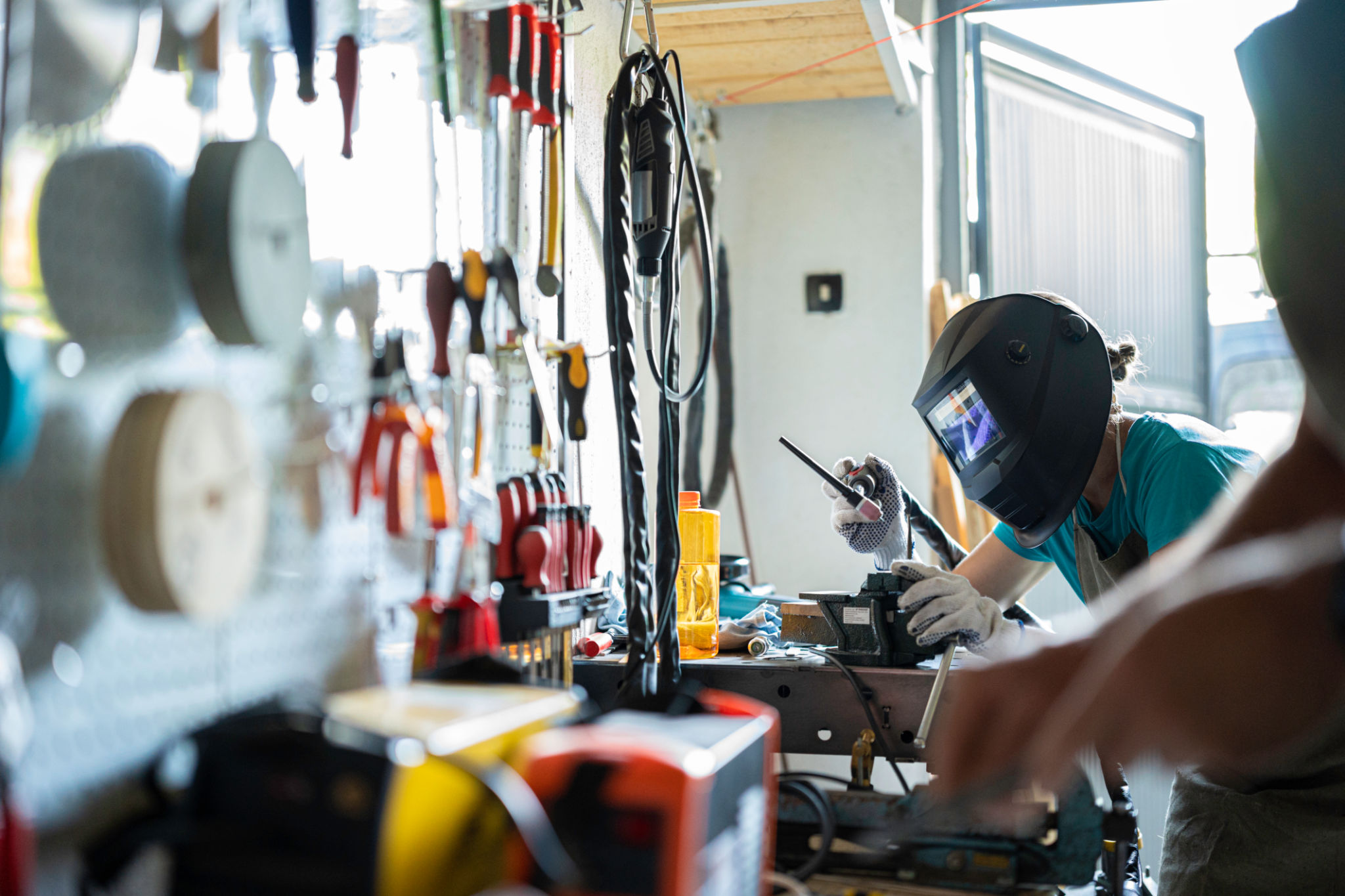Eco-Friendly Welding Practices: Leading the Way in 21st Century Trends
Understanding Eco-Friendly Welding
As industries worldwide strive to reduce their environmental impact, the welding sector is no exception. Eco-friendly welding practices are emerging as a critical component in the drive towards sustainable manufacturing. These practices not only reduce harmful emissions but also enhance the efficiency and quality of welding processes. By adopting green welding techniques, industries can significantly contribute to environmental conservation while maintaining competitive production standards.
Welding processes traditionally rely on resources and methods that can contribute to pollution and waste. However, the integration of eco-friendly practices aims to minimize these adverse effects. By leveraging innovative technologies and materials, welding can be transformed into a more sustainable practice.

Adopting Green Welding Technologies
One of the most effective ways to implement eco-friendly welding is through the adoption of advanced technologies. These include laser welding, electron beam welding, and friction stir welding. These methods are not only more efficient but also produce fewer emissions compared to traditional welding methods. For instance, laser welding uses concentrated beams of light to join materials, reducing the need for filler materials and minimizing waste.
Moreover, these technologies often require less energy, contributing to a reduction in the overall carbon footprint of the manufacturing process. By investing in these technologies, companies can improve their sustainability profile while also benefiting from improved weld quality and reduced production times.
Choosing Sustainable Materials
The choice of materials plays a significant role in the sustainability of welding processes. Opting for recyclable and biodegradable materials can drastically reduce the environmental impact of welding activities. For instance, using eco-friendly fluxes and fillers can mitigate harmful emissions and make the disposal process more environmentally friendly.
Additionally, sourcing materials locally can further reduce the carbon footprint associated with transportation. By prioritizing sustainable sourcing, companies can support local economies while also minimizing the environmental impact associated with long-distance material shipping.

Improving Energy Efficiency
Energy consumption is a critical factor in the environmental impact of welding practices. Implementing energy-efficient welding machines and processes can lead to significant reductions in energy use. For example, inverter-based welding machines consume less power compared to traditional transformers, resulting in lower electricity costs and reduced greenhouse gas emissions.
Furthermore, regular maintenance and calibration of equipment can enhance efficiency and prolong the lifespan of machinery, reducing waste and resource consumption over time. By focusing on energy efficiency, companies can achieve both environmental and economic benefits.
Waste Reduction Strategies
Effective waste management is another crucial component of eco-friendly welding practices. Implementing recycling programs for scrap metal and other waste materials can significantly decrease landfill contributions. Additionally, by optimizing production processes and reducing errors, companies can minimize material waste during welding operations.

Training employees on best practices for waste reduction is also essential. By fostering a culture of sustainability within the workplace, companies can ensure that all team members are committed to reducing waste and enhancing overall environmental performance.
The Role of Training and Education
Education and training are fundamental to the successful implementation of eco-friendly welding practices. Providing employees with comprehensive training on sustainable techniques and technologies can empower them to make informed decisions that support environmental goals. Workshops, seminars, and certification programs focused on green welding practices can help build a knowledgeable workforce committed to sustainability.
Moreover, staying updated with the latest advancements in eco-friendly technologies and regulations can ensure that companies remain at the forefront of sustainable manufacturing trends. By investing in continuous education, businesses can adapt to evolving environmental standards and maintain a competitive edge.
